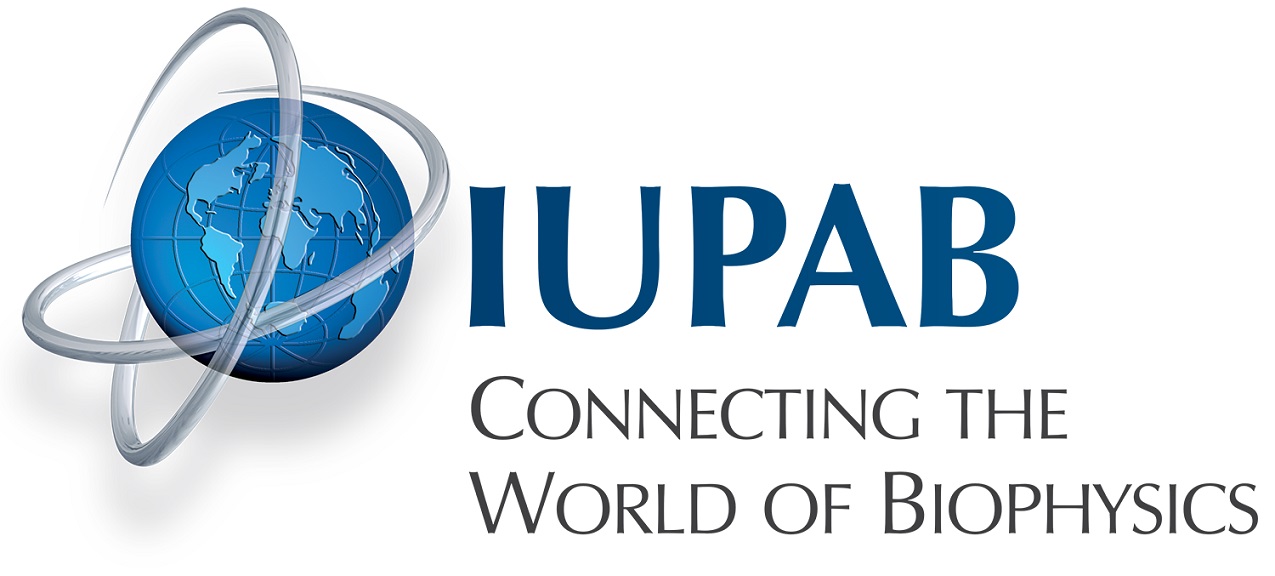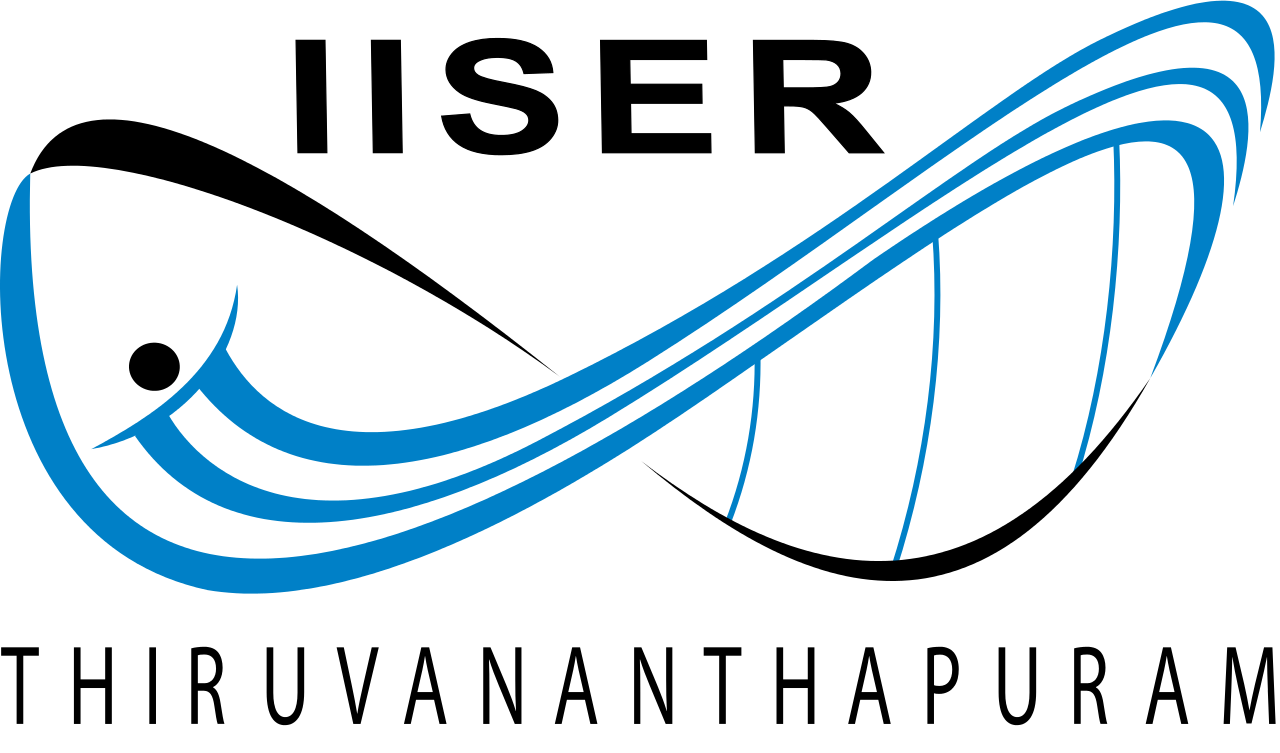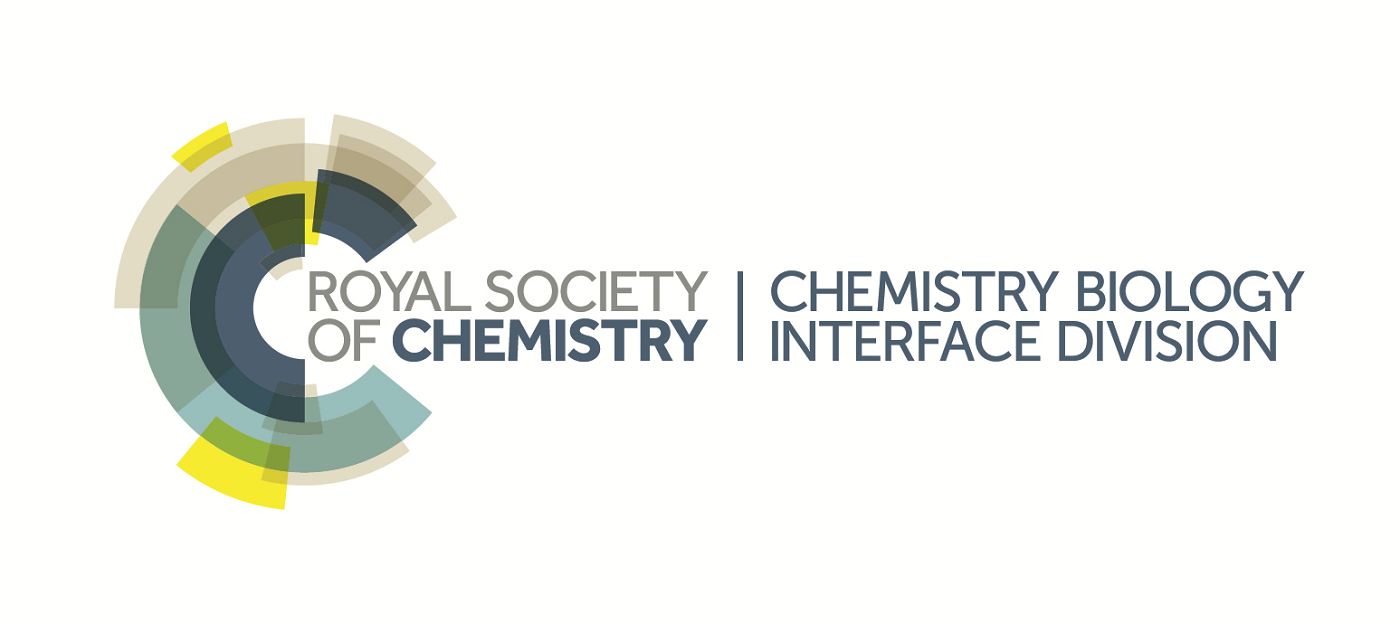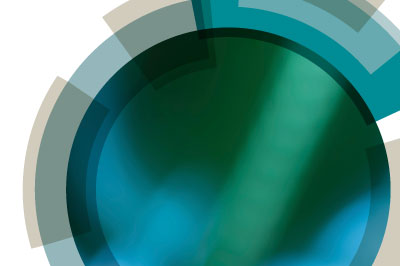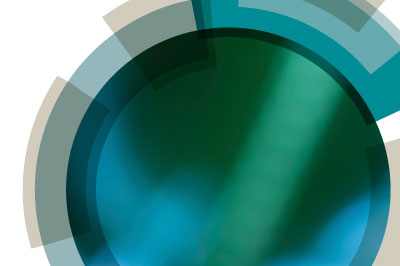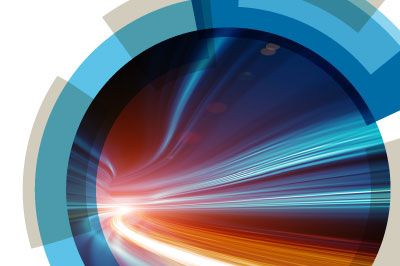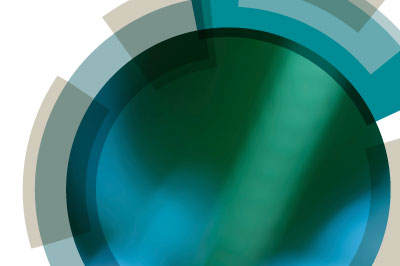Light induced chemical and physical processes in small organic-/inorganic-/bio-molecules have been a subject of experimental and theoretical research for several decades. Recent advances in high resolution spatio-temporal techniques have offered detailed understanding of excited state processes in small molecules. In sharp contrast, however, information on electronic processes in biomolecules such as isolated proteins and DNA (and their complexes) is still in its infancy. Though extremely complicated to uncover, knowledge of photo-excited state processes of such biomolecules in the cellular/biological context is the eventual goal of scientists working in these areas.
Photochemical and photophysical processes in biomolecules are intimately involved in a multitude of functional processes, that include vision, photosynthesis, molecular recognition, gene replication, etc., and can be utilized in areas such as photodynamic therapy. Such processes in DNA are also of interest to both the biological and materials communities as memory devices and structural building blocks. Malign consequences of mis-function in higher life forms can include blindness (retinal pigmentosa), as well as photomutation leading, in DNA, to the primary cause of various types of cancer which (when light induced) can lead to melanomas.
Themes
Light induced charge and energy transport in nucleic acids and proteinsPhotoinduced charge transfer processes have been implicated in a variety of oxidative processes which ultimately lead to mutations, compromising the biological function of DNA. Recently efforts have been directed towards understanding the very first events, i.e. energy transfer, that take place between the absorption of UV radiation and chemical reactions. Such research aims to study how the UV energy is redistributed among the DNA bases (adenine, thymine, guanine, cytosine), altering their electronic structure, to determine configurations that are favourable to the specific reactions. Interpretation of the mechanism and dynamics of photoexcited state processes is of paramount importance to understanding DNA oxidative damage.
Proteins involved in i) visual sensing; ii) response to light and ii) electron transfer processes in a variety of organisms are subjects of great importance.
This session will discuss recent progress in the photoinduced processes related to proteins that are responsible for vision that include i) rhodopsin in the photoreceptor cells of the vertebrate ii) retina, phytochrome in plants, and bacteriorhodopsin and bacteriophytochromes in some bacteria. It will also consider the challenges of artificial retinas and replacement strategies for the retina. Malign effects such as photomutation of proteins etc. will also be included.
Photocrosslinking between nucleic acids and proteins
DNA-protein crosslinking remains the least understood DNA damage from a chemical point of view. DNA-protein crosslinking in human white blood cells is as high as 0.5–4.5 per 107 bases and is found to increase as a function of age. In addition to proteins and protein fragments, DNA undergoes photocrosslinking with bound drugs.
This session will bring out the mechanism, consequences, prevention and therapy for photocrosslinking of biomolecules.
Light induced damage and repair in nucleic acids and proteins
The mechanism and dynamics of photoinduced DNA and protein damage is critically important to our understanding of diseases associated with ultraviolet irradiation as well as to the development of photosensitized therapies. By virtue of the stacked arrangement of its nucleobases, DNA undergoes mutation at remote locations from the bound drug and/or photosensitized spot. Photoinduced inter-protein electron transfer is also responsible for various biological processes.
This session will highlight the consequences of photoinduced processes in DNA or proteins responsible for the onset of various types of disease (particularly melanoma cancer). In addition, this session will also deal with the photo-repair of nucleic acids and proteins.
Bionanophotonics
George Church’s statement “Regenesis: How Synthetic Biology Will Reinvent Nature and Ourselves” gives us the promise of moving towards using biological molecules for material applications. The idea of using organic molecules for building electronic components dates back to the early 1970’s, but the study of the electrical properties of DNA goes back even further.
This session will encourage researchers to employ the biophysical aspects of DNA and proteins for the futuristic aspects of developing biomolecule-based sensors and electronic/photonic devices. Other challenges for the development of photonic devices include the design of covalent and non-covalent DNA-protein conjugates, and the exploration of such conjugates as suitable candidates for this application.
Aims
This Faraday Discussion aims to bring together many inter-disciplinary researchers working on diverse topics to a single, common platform. The Faraday Discussion format is an ideal forum to enable experimental and theoretical scientists from around the globe, working across the physics, chemistry and biology fields to discuss and debate these fundamental and challenging issues in multi-disciplinary biophysical science.Format
The Faraday Division have been organising high impact Faraday Discussions in rapidly developing areas of physical chemistry and its interfaces with other scientific disciplines for over 100 years.Faraday Discussions have a special format where research papers written by the speakers are distributed to all participants before the meeting, and most of the meeting is devoted to discussing the papers. Everyone contributes to the discussion - including presenting their own relevant research.
The research papers and a record of the discussion are published in the journal Faraday Discussions.
Learn more about Faraday Discussions here:
The format of the Faraday Discussions meeting is ideal for discussions that cross the boundaries of emerging experimental technologies and theoretical approaches. An additional benefit of the meeting is to bring together established researchers in the field with emerging investigators.
Poster Prizes
There where 2 prizes awarded:Beena Kumari - ITT Gandhinagar
Vinayak Bhat - Indian Institute of Science Education and Resarch Thiruvananthapuram
Deadlines
Useful links
Downloads
- Programme Schedule
- Pre-prints Session 1 Part 1
- Pre-prints Session 1 Part 2
- Pre-prints Session 2
- Pre-prints Session 3
- Pre-prints Session 4




